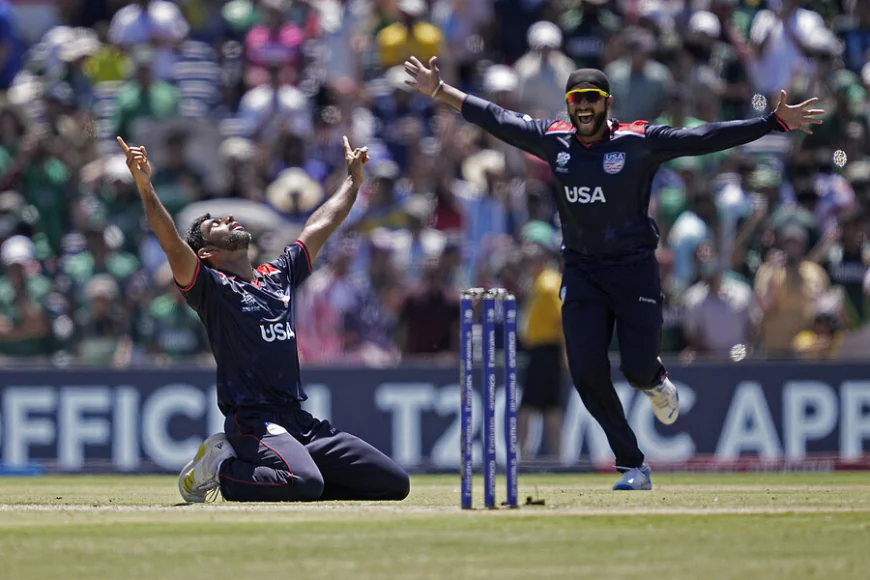American cricket is growing over time from an unpopular sport to a mainstream one. From a non-cricketing country to reaching the T20 World Cup was groundbreaking. At the time, the USA men's team ranked 15th in ODIs and 17th in T20s, while the women's team ranked 15th in ODIs and 26th in T20s. Cricket was not a new sport in America. The early traces date back to colonization.
British colonists introduced this sport to the continent. This continent was a significant region for cricket, as early title holders, the West Indies, were situated here. However, other major countries, such as Canada and the USA, never achieved that much success. The first-ever cricket match for the US dates back to 1844, where they faced Canada at St. George's Cricket Club grounds in New York. In 1965, the US became an associate member of the International Cricket Council.
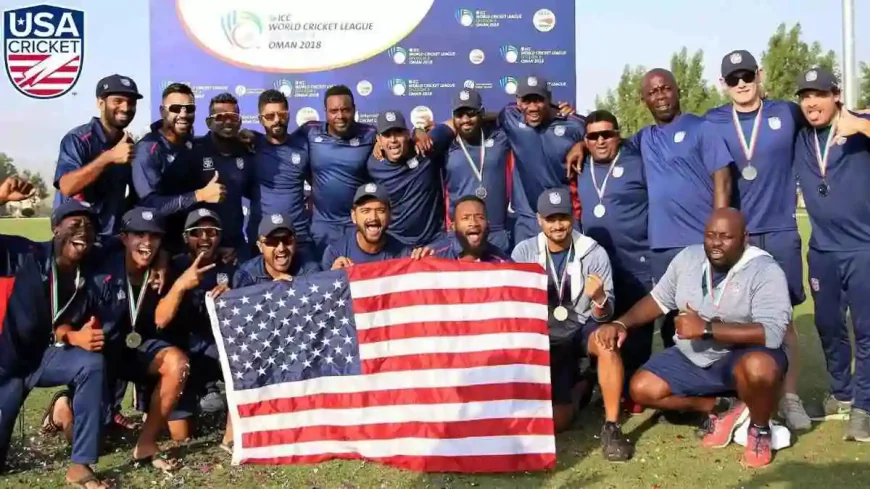
The US made their international debut in 1979, where they participated in the ICC Trophy (now known as the World Cup Qualifier). The US, which was introduced to international cricket in 2004, won the 6-nation championship cup. That led them to the 2004 Champions Trophy, where they faced New Zealand and Australia. They introduced T20I in 2019 against the United Arab Emirates. In 2024, US cricket witnessed a huge success not only by hosting the T20 World Cup but also by reaching the Super 8 round for the first time. In this tournament, they beat former world champions Pakistan in a super over, while facing a few of the biggest nations, including India, England, the West Indies, and South Africa. That helped the US team to test their skills at a high level. These results helped cricket gain emerging popularity in the region, where a jam-packed face-off between India and Pakistan grabbed record attendance. Not only traditional media but also new media roared with hype.
League System
The hype set the stage for the development of cricket in the United States. They already have a league, known as Major League Cricket. But what we need are a few changes to settle these according to the US audience. Americans love structured seasons, preseason, and star power. They should do things in a similar way for cricket.
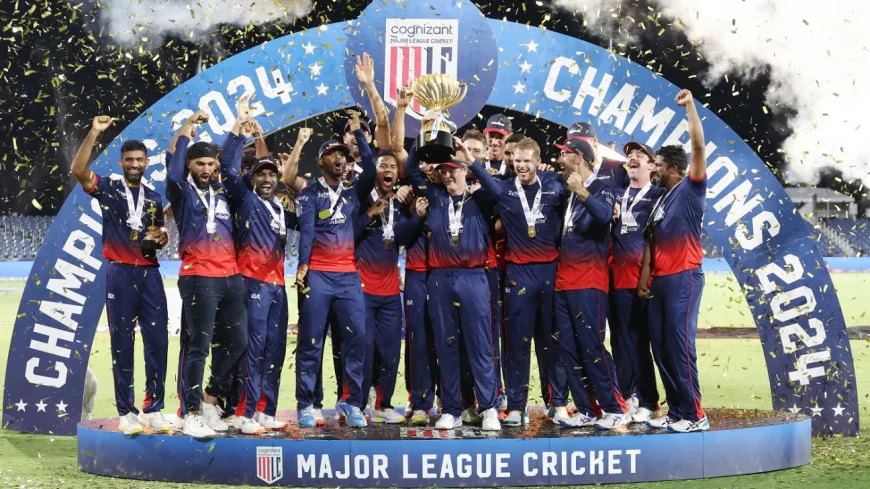
A cross-collaboration between cricket and other sports would be helpful. Like bringing major cricket names into NBA and MLS face-offs, as they do with soccer.
Youth System
What made the US a better sporting country is their “play for your school” system that brought many big stars, including Stephen Curry, Kevin Durant, Tom Brady, and Walker Zimmerman. A similar account will bring new stars for US cricket. Grassroots-level development will make this sport popular among natives, as it is played more frequently by South Asian-rooted US citizens. There is only one name in the US team that is a US-rooted citizen player. So, much-needed development will make it a localized game. A key initiative would be scholarships to cricketers, which can be effective.
Broadcast and Fan Culture
The US sports industry thrives on the oxygen of publicity, where traditional and new media can play a key role. Showcasing personalities and storylines about reaching the global stage and success can connect with the local audience. A narrative like that can connect the audience more rapidly than the game itself. Similarly, hyped city- or state-based teams and their rivalries will attract fans. And a strong fan culture is what makes a sport famous. A popular example can be the India-Pakistan face-off, attracting a historic audience in New York City. A key stunt would be associating some key figures with these rivalries to hype things up for non-cricket fans as well.

For example, Dwayne Johnson, The Rock, shared his excitement for the India-Pakistan face-off on social media, and it went viral. These kinds of acts from other celebs will work for cricket fan culture.
What Attracts the ICC to the USA
The United States of America is a vital region from a global perspective. Neglecting such an important region can be faulty for the ICC. That’s why the ICC is trying its best to thrive in cricket in this region. The ICC is very well aware of the USA's global influence, so bringing that country into this sport will help cricket reach a global level. Not only is the USA one of the strongest economies on the planet. A cash cow for ICC, which will be crucial in developing many regions. As the ICC strives to thrive in cricket in Europe, bringing major countries like Germany, France, and Spain into the sport, England has been unsuccessful in supporting the ICC in this endeavor over time.
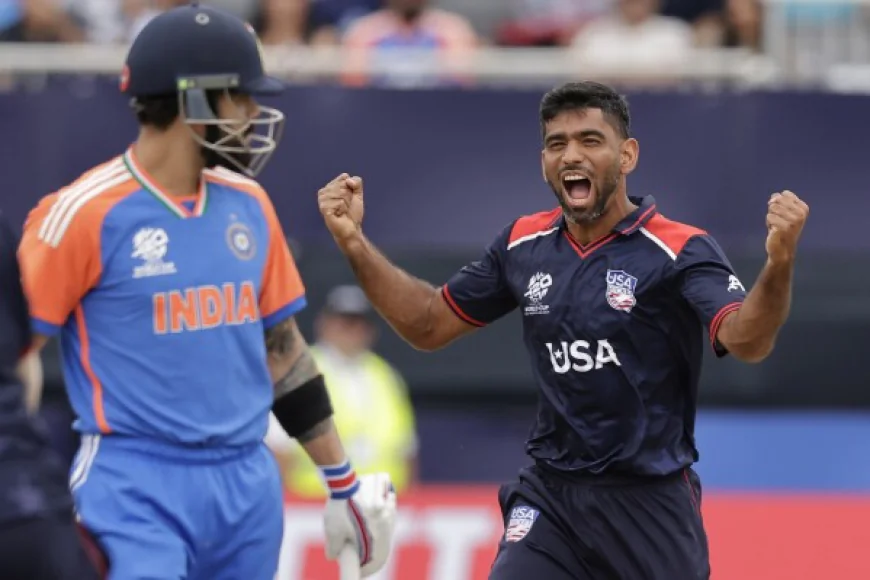
So, the USA will be a crucial partner to bring many European countries into cricket. The USA can also help the ICC grow its women's events. It is still a neglected form of cricket. A serious concern for the ICC is that many member countries face neglect. And if they successfully bring the USA to the women’s cricket big stage, it will influence many more.
Cricket Installation Through Youth
Nowadays, we know it is impossible to thrive in any information or innovation without new media. YouTube, Instagram, and Facebook can be vital. In the USA, to spread this sport to a global stage, it is necessary to use these social media platforms. There are tons of influencers based in the USA that can have a vital impact. Here, the US entertainment industry can have a major impact, where often many actors play cricket for their film promotions in India. A similar account can attract youth to cricket.
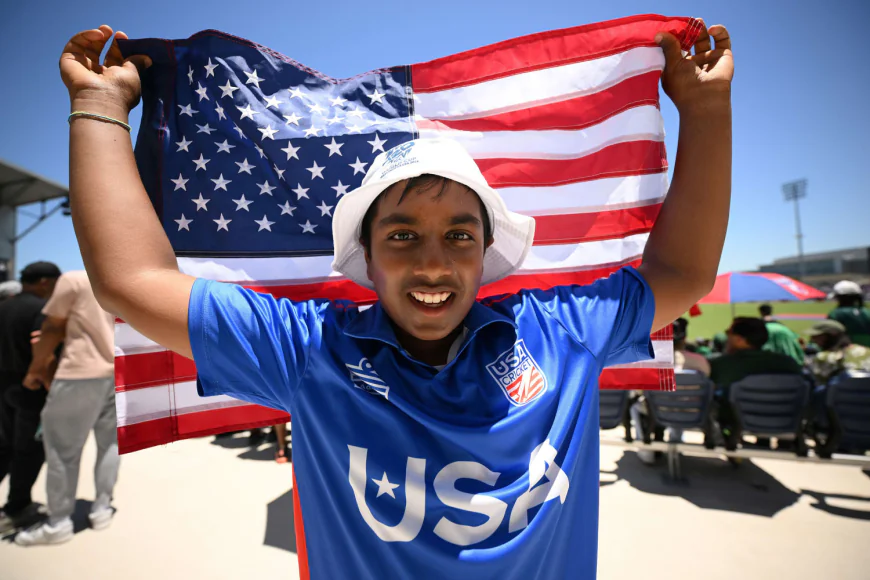
Scholarships and sponsors for US-based cricketers will make it more popular. As schools and colleges play a vital role in US sports, bringing youth to educational institutions through cricket will be helpful. But all the US needs is school-level improvement and a focus on US-based citizen participation.
As we know, cricket can grow in the USA very rapidly—it needs a localized touch. It will thrive by making it structural, organized, commercial, competitive, and emotional.
